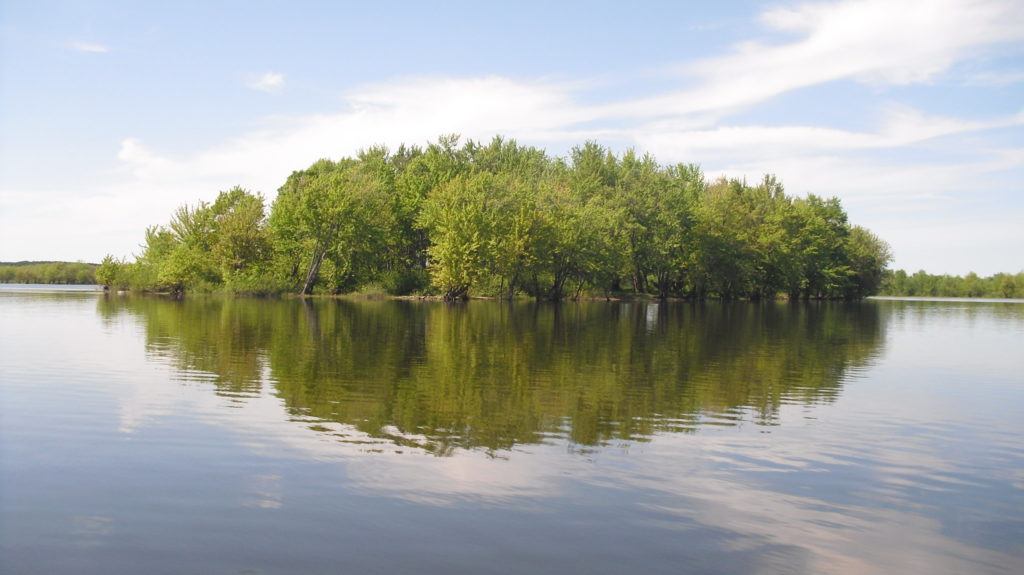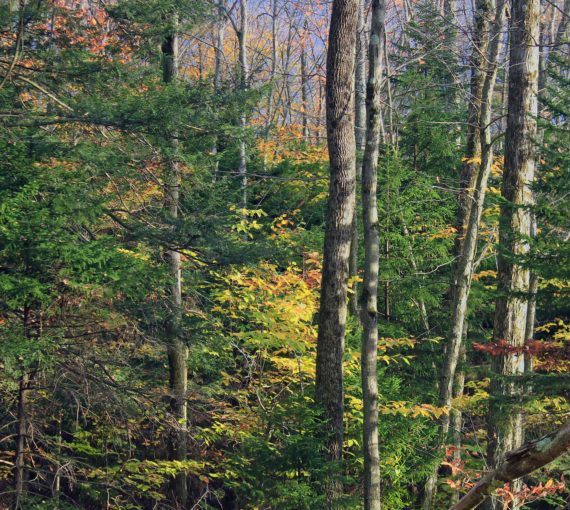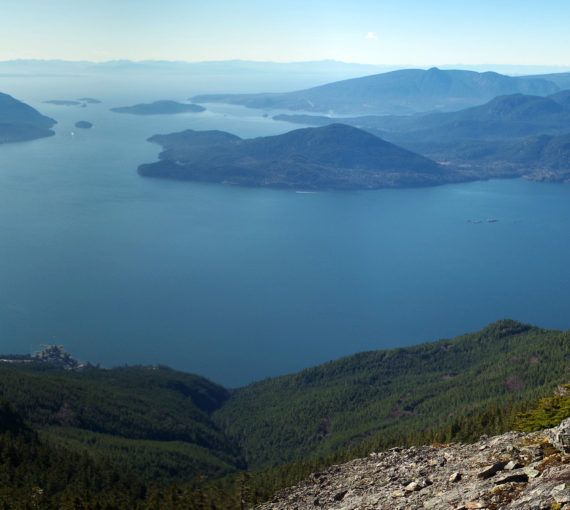Many communities in Canada are faced with aging infrastructure that needs costly upgrading or replacement. At the same time, many communities desire to find ways to maintain and protect the natural systems that provide for our basic needs. The solutions to these twin challenges may lie under our feet.
With proper management, natural assets like wetlands, forests and grasslands can help communities reduce flood risk and manage drinking water. These innovative solutions often cost much less than traditional built infrastructure and provide other ecosystem benefits such as increased biodiversity, climate regulation and support for human health and well-being.
Many of us take clean water and dry shelter for granted. In reality, one of five Canadians faces some level of flood risk, and for 1.8 million households this risk is very high. Aging infrastructure is leaving Canadians vulnerable to failing services, flooding and rising capital costs. Declining ecosystems and climate change are exacerbating these challenges.
To address them, some communities and scientists are successfully piloting a system that values nature as an asset in stride with traditional infrastructure. It accounts for natural assets in municipal financial planning and asset-management programs. This allows communities to measure and monitor the ways in which we depend on and affect the environment.
Assessments of natural infrastructure values from Sparwood and Courtenay, B.C.; Florenceville-Bristol, Riverside-Albert and Riverview, New Brunswick; and Oshawa, Ontario, provide a blueprint for other communities.
In these areas, conservation and proper management of natural assets helped local governments deliver core services to their residents at a reduced cost compared to traditional engineered or grey infrastructure assets. Core services include storm-water drainage, drinking water supply, water treatment and many others. The Municipal Natural Assets Initiative team provides scientific, economic and municipal expertise to support and guide local governments in this undertaking to develop leading-edge, sustainable, climate-resilient infrastructure.
Aging infrastructure is leaving Canadians vulnerable to failing services, flooding and rising capital costs. Declining ecosystems and climate change are exacerbating these challenges.
MNAI’s latest findings confirm that recognizing the role of natural assets in infrastructure systems can achieve savings ranging from $0.2 to $414 million relative to using traditional approaches alone. Simultaneously, they increase resilience to the impacts of a changing climate. For example, the Florenceville-Bristol region of New Brunswick, which is experiencing increasingly frequent and intense rainstorms along the St. John River, found that if its forested areas were converted into agricultural land it would cost $3.5 million dollars to re-create storm-water management services at the same levels currently supplied by forests. If climate change increases the intensity of rainfall for a 1:100 year event by 20%, the value of the forests’ services will grow by $600,000 to $4.1 million.
Local governments can make nature count by looking at services through the lens of natural assets. Traditional economic frameworks do not recognize the value they provide. Because some ecosystem services can be replaced with infrastructure, the costs associated with their loss are often overlooked in municipal budgeting and planning. This can create incentives for irresponsible natural resource management.
Natural assets are a part of an umbrella of nature-based solutions that are gaining international recognition.1 Leading economic and environmental organizations including the Intergovernmental Science-Policy Platform on Biodiversity and Ecosystem Services, IPCC, Global Adaptation Commission, United Nations and World Economic Forum are just some that have endorsed the approach. In Canada, Minister of Environment and Climate Change Jonathan Wilkinson praised these solutions at the recent Nature-Based Climate Solutions Summit.
Working to enhance nature can help address societal challenges. Nature-based solutions are rooted in the knowledge that healthy ecosystems, whether natural or managed, provide a diverse range of ecological services that benefit human activity, health and well-being. These solutions encompass well-established approaches such as ecosystem-based adaptation and mitigation, eco-disaster risk reduction and green or natural infrastructure.
Governments are only now starting to view natural systems as assets that provide economically valuable goods and services. Identifying the municipal services that natural assets can deliver is the first step in developing effective policies to integrate nature into local government asset-management strategies. Doing so will make financial and asset-management planning more informed and cost-effective.
[1] NbS have been endorsed by: the IPBES Global Assessment; the Climate Change and Land Report of the IPCC; the Global Adaptation Commission Report; the 2019 UN Climate Action Summit; and the World Economic Forum’s Global Risks Report 2019.
Our Work
Always grounded in sound evidence, the David Suzuki Foundation empowers people to take action in their communities on the environmental challenges we collectively face.




